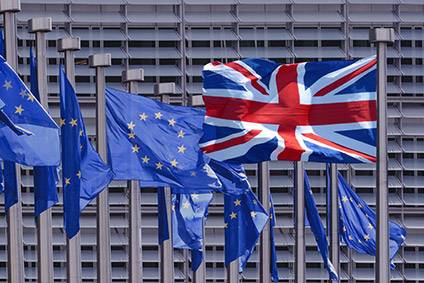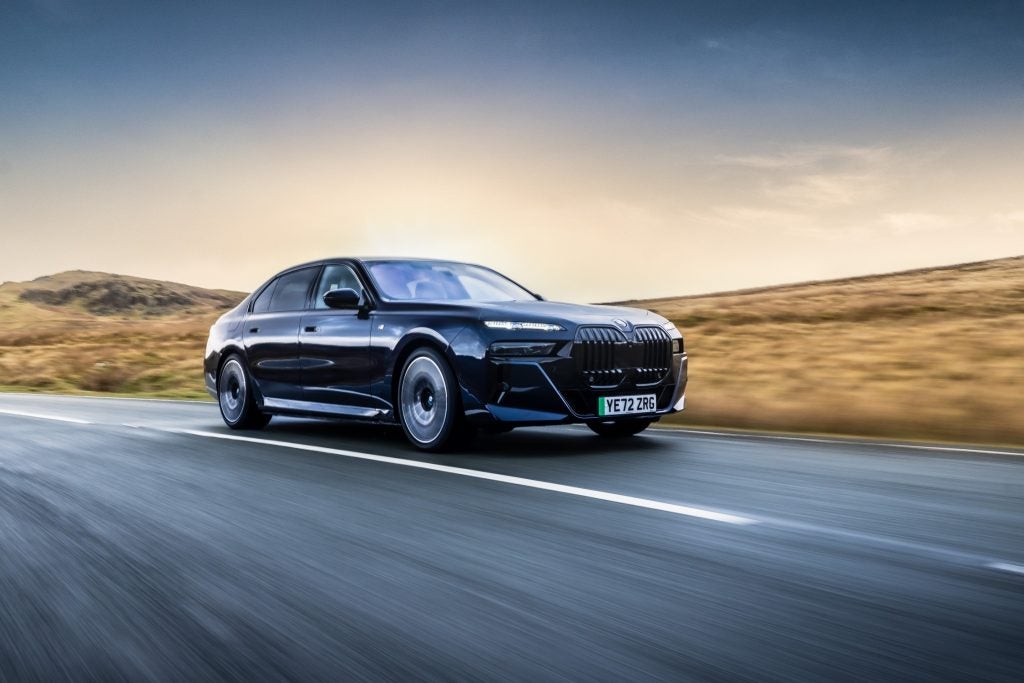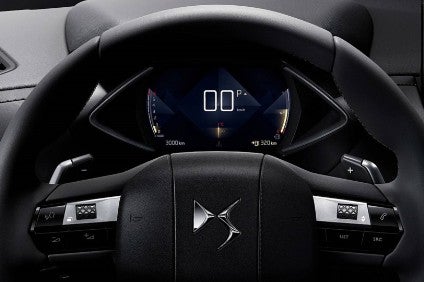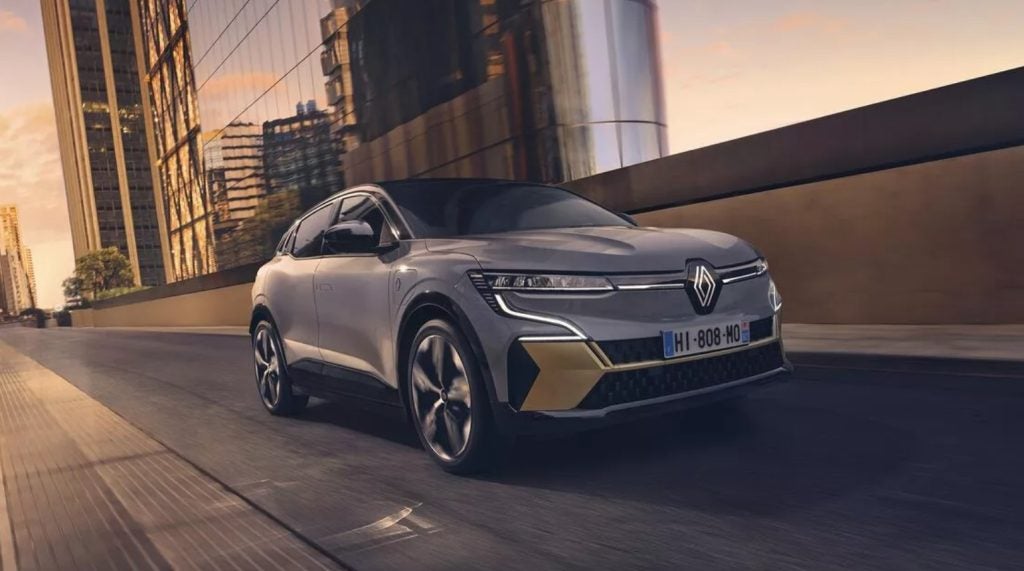
This article was originally written on 6th July 2018, with the title ‘Brexit’s coming home’ and primed for publication today, the 9th July. The title was based on two presumptions: (i) England would beat Sweden in the World Cup quarter final and (ii) the UK government cabinet would fail to agree on its negotiating position with the EU, thus making a ‘hard’ Brexit more likely.
As we know, England delivered on Saturday, but the bigger shock was the UK government’s ‘Chequers statement’ on Friday night. The prime minister Theresa May had seemingly quelled rebellion in the cabinet’s ranks and engineered a path for a ‘soft’ Brexit for manufactured goods (a service sector agreement, covering 80% of the UK’s economy comes later) via a Facilitated Customs Arrangement and a common rule book for manufactured goods. Now on Monday 9th July, even more unwanted uncertainty has been delivered following the resignation of Brexit minister David Davis from cabinet and the possibility of open warfare in the UK government.
The original need to write on the subject was based on the automotive industry having become more vocal about the effects of Brexit as the possibility of a no-deal Brexit looked more plausible. JLR boss Ralf Speth had said that a “bad Brexit” would cost the company GBP1.2b in lost profits per annum.
just-auto had carried out some work in tandem with Ian Henry’s AutoAnalysis consultancy on the issue towards the end of 2017 and thus knew that Speth’s words of warning were far from hollow.
So how would those costs mount up under a ‘hard’ Brexit scenario?
The basic answer to the question of quantifying projected Brexit impact costs is that it’s somewhat complicated. The maths is straightforward enough. The net costs outcome from the critical factors involved depend on weighting and the assumptions we choose to make. Key factors surround a vehicle’s Bill of Materials (BoM – see footnote for definition) and in particular:
How well do you really know your competitors?
Access the most comprehensive Company Profiles on the market, powered by GlobalData. Save hours of research. Gain competitive edge.

Thank you!
Your download email will arrive shortly
Not ready to buy yet? Download a free sample
We are confident about the unique quality of our Company Profiles. However, we want you to make the most beneficial decision for your business, so we offer a free sample that you can download by submitting the below form
By GlobalData- how the BoM is made up in terms of components’ countries of origin;
- the effects of rules of origin as applied to the BoM (even UK sourced final components will have some EU content that’s been subject to tariffs);
- exchange rate movements;
- markets the finished vehicles are sold in;
- non-tariff costs (e.g. time in customs, additional stocks required) etc.
For the sake of drawing a line in the sand, using the AutoAnalysis/just-auto model here are the principal assumptions used in the hypothetical model:
- Average annual production of model X in the UK: 200,000
- Finished vehicle ex factory price: GBP20,000
- BoM: GBP9,000 total; UK sourced 35%; EU sourced 50%; US sourced 3%; Japan sourced 2%; RoW sourced 10%
- Foreign exchange movement: none
- Import components’ tariff: 4%
- Non-tariff barrier costs: 5%
- EU finished vehicle tariff: 10%
- Non-tariff barrier costs on exports: 4%
- UK on-cost (% of a finished component’s rules of origin cost): 33%
With those base assumptions, together with the assumption that 15% of the finished vehicles are sold in the UK, 80% in the EU, 5% RoW, the cost to the company can be estimated at some GBP750m per year, with GBP680m emanating from vehicles sold in the EU. The break down is illustrated in the chart below.

The model backs up sentiment expressed by the likes of JLR and BMW: a hard Brexit would be a very costly business for vehicle manufacturers based in the UK and investment would continue to be forestalled (the SMMT calculates auto investment was down 50% in the first half of 2018) and threaten the UK economy’s welfare due to the auto industry’s significant economic multiplier effect.
One option to reduce the impact of a ‘hard’ Brexit regularly mooted is to increase local content. But modern supply chains are very complex and it’s not just Tier 1 components that would need housing in the UK; Tiers 2, 3 and 4 and beyond would all need to relocate to the UK to circumvent rule of origin on-costs and that’s not realistic. Business rules dictate that companies want to be located near their largest addressable market and at the lowest cost and that largely means being based in the EU.
The mounting chorus of concern over a hard Brexit in the past month or so from essential UK manufacturers looked like it was choreographed. It looked set to smooth the path of Mrs May’s chosen direction through cabinet and brought the issue to the surface of the UK public’s consciousness.
The news on Monday morning of more political disorder in the UK looks like it’s delivered a blow to those hopes. At the same time Speth outlined the costs of a hard Brexit to JLR’s bottom line he also stated, “We urgently need greater certainty to continue to invest heavily in the UK and safeguard our suppliers, customers and 40,000 British-based employees.” The certainty that looked possible just on Friday night now looks very elusive this Monday morning. Brexit’s coming home.
Footnote: Bill of Materials (BoM) definition: Components, systems and sub-assemblies that make up the manufactured vehicle
For further details on the detailed model which is summarised here, please contact Ian Henry at ianhenry@autoanalysis.co







